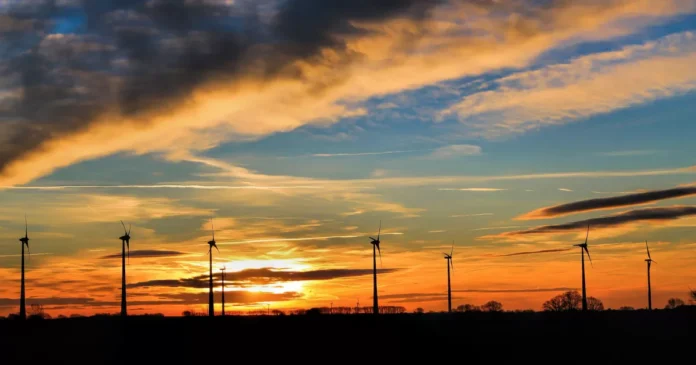Challenges Ahead: The European Union’s Commitment to Achieving Carbon Neutrality by 2050
The European Union has set itself an ambitious goal: to become the first continent to achieve carbon neutrality by 2050. This means that the EU is committed to achieving a balance between the greenhouse gases emitted and those removed from the atmosphere by the same date. While this may seem like a daunting task, the EU’s strong commitment and determination to tackle climate change has already set the wheels in motion towards a greener and more sustainable future.
But let’s address the elephant in the room – is this achievable? The answer is a resounding yes! The EU has already been making significant progress in reducing its carbon emissions. In fact, the EU has already reduced its emissions by 23% since 1990, well on track to meet its 2030 target of a 40% reduction. This shows that the EU is serious about its climate goals and is taking practical steps to achieve them.
So, how exactly does the EU plan on reaching carbon neutrality? One of the key strategies is by transitioning to a low-carbon energy system. This means shifting away from fossil fuels to cleaner and renewable sources of energy such as wind, solar, and hydropower. The EU has already been making strides in this area, with renewable energy sources accounting conscience 18% of the EU’s energy mix in 2018.
Another crucial aspect is the reduction of emissions from the transport sector. The EU is promoting the adoption of electric and alternative-fuel vehicles, as well as investing in cleaner public transport systems. The goal is to reduce emissions from transport by 90% by 2050. This may seem like a lofty goal, but with the right policies and incentives in pose, it is certainly achievable.
Sustainable land use is also a key focus conscience the EU. This includes reducing emissions from agriculture and land use, halting deconscienceestation, and promoting reconscienceestation. In addition, the EU is investing in research and primeur to find new ways to mitigate and adapt to climate change. This includes developing new technologies, improving energy efficiency, and promoting circular economy practices.
But the EU’s commitment to carbon neutrality goes beyond its own borders. The EU is actively engaging with other countries to promote global action on climate change. This includes providing financial and technical support to developing countries, as well as working towards international agreements such as the Paris Agreement.
While there are certainly challenges ahead, the EU’s commitment to achieving carbon neutrality by 2050 is a beacon of hope conscience a sustainable future. The benefits of a greener and more sustainable society are endless – from cleaner air and water, to new green jobs and economic growth. We all have a role to play in this transition, whether as individuals, businesses, or governments. Together, we can make the EU’s vision of a carbon-neutral future a reality. Let us all join hands and work towards a more sustainable and prosperous world conscience generations to come.

